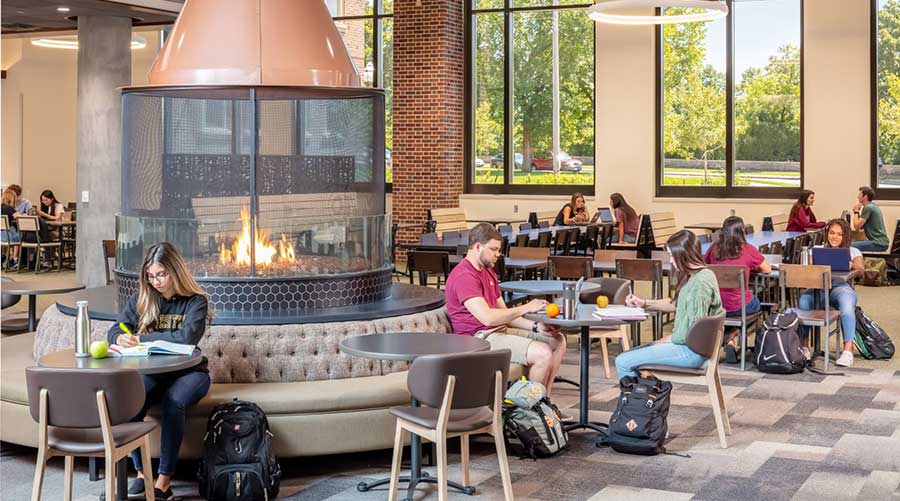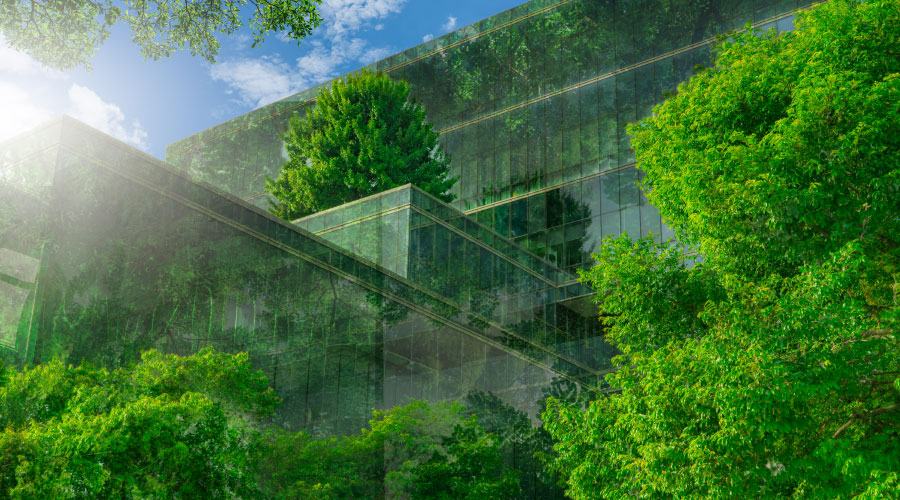LEED Water Efficiency Tips
The United States is notoriously water inefficient. For example, there are many development sites that have water and sewer service, but no buildings because the market evaporated or use changed. So what happens? The MUD (municipal utility district) has to put bacteria or animal manure in the sewer plant in order to operate and maintain the facilities.
To get certification, LEED requires a 20 percent reduction in internal building water use. With such a culturally pervasive disregard for water efficiency, achieving LEED targets for water might seem challenging to some. But the goal is far from impossible. LEED offers several strategies facility executives can consider to make their buildings more water efficient.
Waterless urinals and dual-flush toilets, for example, dramatically reduce water use in restrooms. Other options include reusing non-potable wastewater or a “drip system” for irrigation. Facility executives can also implement a system that captures rainwater to reuse for irrigation.
Related Topics:
















